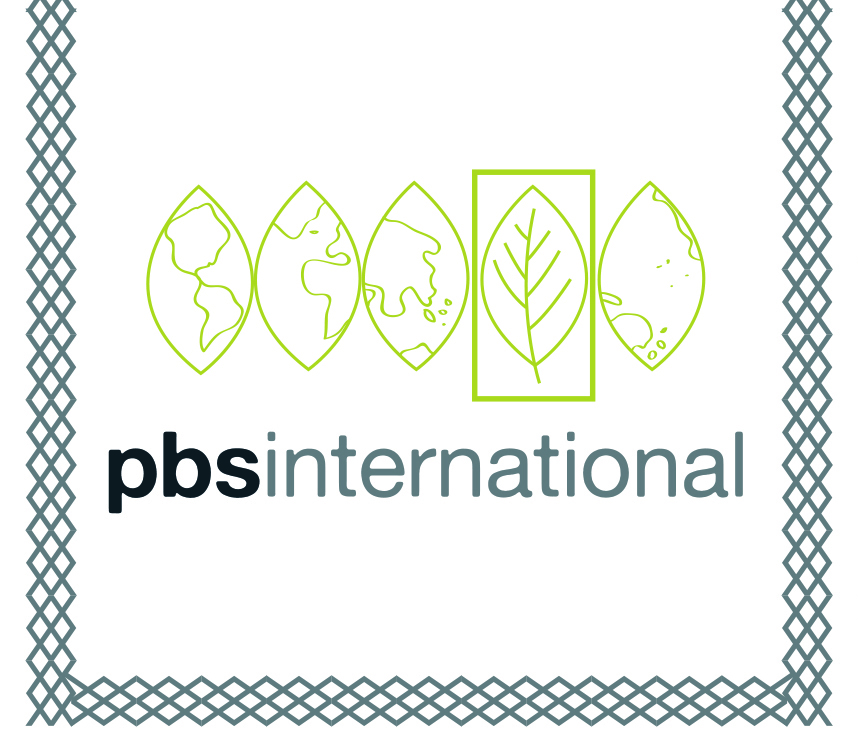Cannabis is suddenly big business. Declared illegal in many (most?) countries in the 1920s and 30s, there has been a huge resurgence in interest since its medicinal uses and relative recreational safety have been re-investigated. As a result of increased legality, a multi-billion industry has been born almost overnight in medical and recreational cannabis, and alongside this a restriction (both perceptual and actual) has been lifted from the industrial hemp sector.
From a plant breeding perspective, cannabis is interesting because there is no other developed world commercial crop so poorly characterised by science, both genetically and agronomically. For much of the last century cannabis has been bred by enthusiastic amateurs in an underground fashion. Creating and characterising germplasm collections has been difficult. Indeed, now that well funded research operations have got to work with a mass of popular varieties it has become clear – to quote Greg Baute of Aurora – there is “no evidence of consistent phenotypic, genetic or chemical differentiation between sativa and indica varieties”.
So, there is a lot of work to do, and a race to do it. Breeders are working to create homogeneity within their strains, understand how environment affects the chemotype of their varieties, and use more systematic and genetic level understanding to develop varieties with specific characteristics.

Supply and demand economics are also influencing breeding priorities. As supply grows and prices fall, the cost and efficiency of traditional indoor growing methods are coming under scrutiny. This is especially the case where the CBD will be extracted, a market which does not rely on the aesthetic appearance of the perfect “bud”, and where the extract itself is increasingly commoditised.
This has driven a move towards outdoor growing, a transition facilitated by the 2018 Farm Bill in the USA and by the attraction of a deep-rooted and potentially high margin addition to farmers’ rotations. Outdoor growing, along with concerns about pest management, is one of the reasons the sector is increasingly moving towards propagation from seed rather than from labour-intensive cuttings. Outdoor growing has also driven up the research agenda the importance of understanding the mechanisms that underpin how daylight affects flowering behaviour.
Despite the advances in genomic selection in breeding programmes, growing, crossing and selfing actual plants remains critical in these endeavours, which presents particular pollination control challenges.
Cannabis pollen is tiny (c. 25m), profuse and wind-borne. It travels remarkably long distances in remarkable quantities – for example one study showed that during the flowering season, cannabis pollen grains were transmitted daily from north Africa to southern Spain, distances of well over 100km.

Understanding pollination in cannabis production. Sometimes high pollination rates are desirable – for example hemp seed production necessarily depends on copious fertilisation, and it doesn’t matter really where that pollen is coming from. Other times pollination is undesirable: cannabinoid levels are higher in unfertilised flowers. These antagonistic challenges are typically managed by means of physical separation (eg growing in enclosed spaces or dispersed locations), temporal separation (varieties that flower at different times) and cooperation between neighbouring outdoor producers.
A different set of issues prevail when breeding or producing seeds; genetic purity is critical. How to control the tiny and profuse pollen clouds from contaminating crosses has become a major preoccupation. Lineage management for professional breeding depends on this. In addition, seeds for desirable varieties sell at remarkably high prices; with $15/seed not that unusual it’s important the customer gets the variety she purchased!
Many breeders simply rely on walls and doors to control pollen flows, dedicating a growing room or glasshouse to a particular cross. This is expensive and inflexible, and it also forces large scale with many seeds per cross. Others rely on paper or polythene bags to control crosses. While cheap and small scale this raises the odds of disease problems, especially fungal disease. More breathable mesh bags then come with problems of controlling pore size. Quality netting with pores reliably under 20 microns easily comes in at £125/m2, while home-made versions are of uncertain effectiveness requiring testing and empirical validation.

The complexity of the challenge is one of the reasons PBS International has seen so much interest from the Cannabis sector. Our decades of technical fabric experience with pollination control in anemophilous crops such as hops, grasses, sugar beet, and our range of solutions for single branches to whole-plot-tents provides solutions to the pollination control issue, allowing breeders to focus on the plethora of other challenges ahead of them.

In 20 years we’ll look back on the equivalent of a century’s research in crops like wheat or tomatoes, telescoped into a fraction of that time. It will be fascinating to watch. Standardisation, rigour and quality will become prerequisites for success. As market forces come to bear on the maturing industry, consolidation will be inevitable with less professional, less quality-oriented breeders squeezed out. But our collective knowledge about this remarkable species and all that it can do for us will boom.


